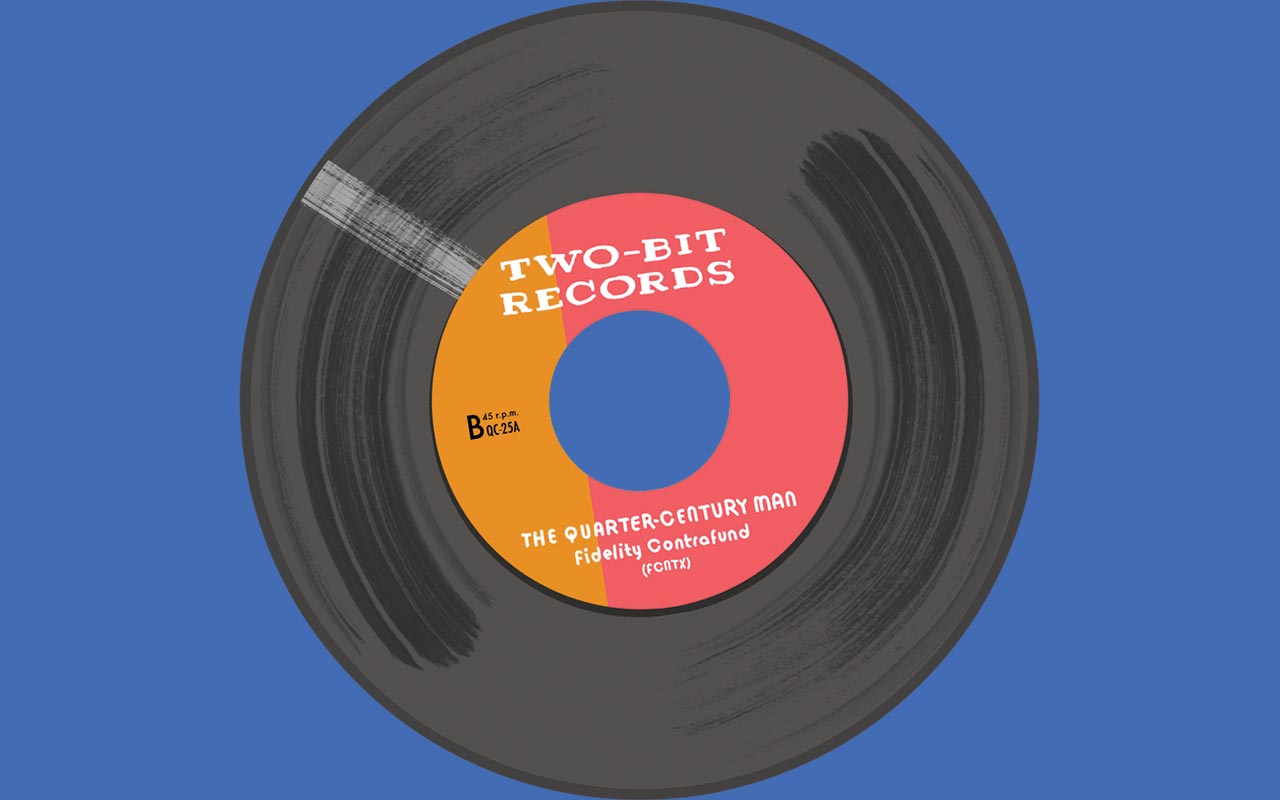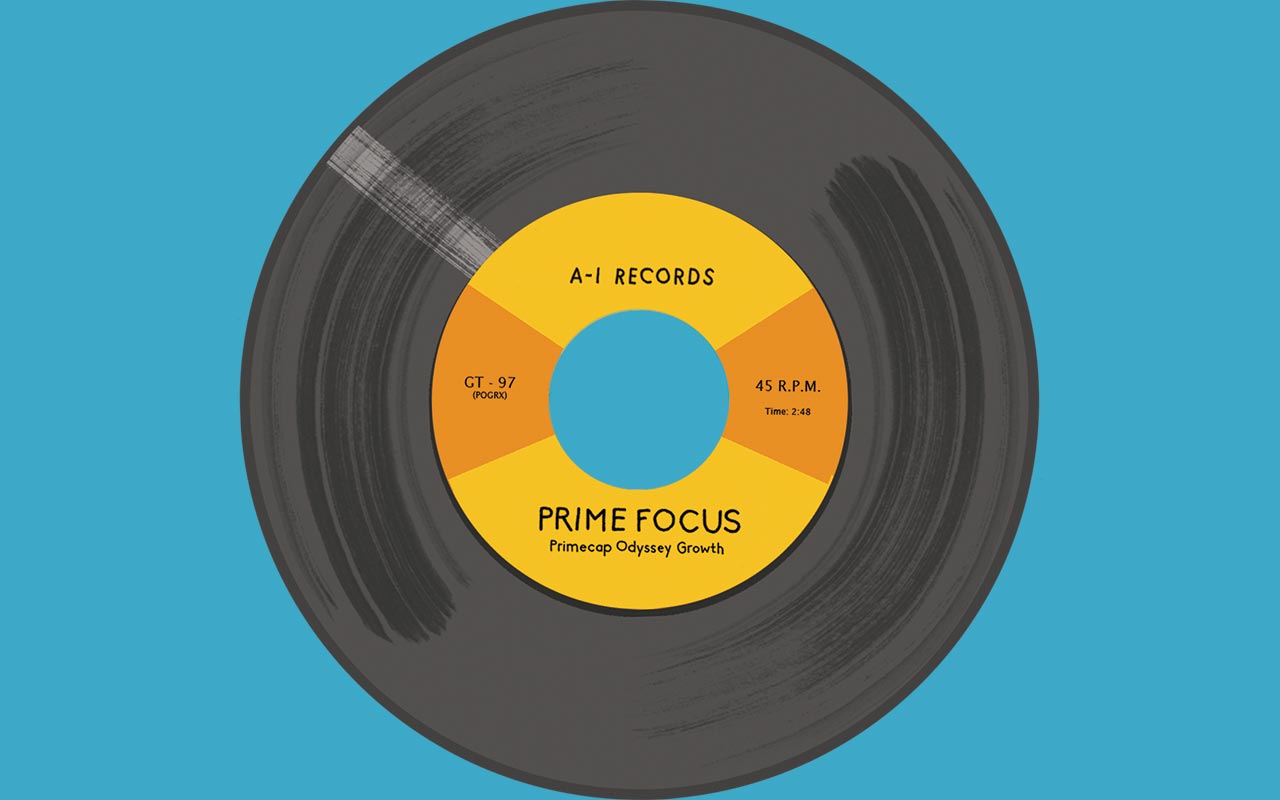6 Consistent Mutual Funds You Can Count on
In the world of mutual funds, slow and steady wins the race.

In the world of mutual funds, slow and steady wins the race. By measuring for consistently good performance, along with factors that we always look for in good funds, such as a disciplined stock-picking style, below-average to average fees and an absence of sales charges, we’ve come up with six funds that promise reliable returns in any market.
What do they have in common? Low turnover. Managers of these cream-of-the-crop funds tend to hold on to their stocks far longer than their peers.
Company people. The managers tend to view their investments as a partnership with a business and with the people behind the business, rather than as just a stock purchase.
Compact portfolio. This refers not to the size of a portfolio but to the number of stocks it holds. With one exception, the best funds are not loaded with hundreds of stocks.
Click through to see our six picks of top-notch, low-minimum, no-load funds that score high on the consistency meter. (And see the last slide to learn more about our methodology).

Homestead Small-Company Stock
- Homestead Small-Company Stock (symbol HSCSX), a member of the Kiplinger 25, was the most consistent fund on our list. It outpaced its benchmark in 69% of the rolling 12-month periods, compared with just 54% for the average small-company fund.
The managers spend a lot of time on the road in far-flung places trying to find under-the-radar, out-of-favor firms that have a catalyst to turn their businesses around. They prefer businesses they understand, so the fund is heavy with industrial stocks (25% of assets at last report) and light on technology (just 11% of assets). Holdings range from the relatively familiar Cracker Barrel Old Country Store to such obscure names as Rofin-Sinar Technologies, which makes lasers for industrial uses.
Homestead is undergoing change at the top. Longtime managers Peter Morris and Stuart Teach were set to retire in January 2015, though Mark Ashton remains. He’ll be joined by Prabha Carpenter, who has been an analyst with the fund since 2002, and newly hired Gregory Halter.

Baron Partners Fund
For decades, Ron Baron’s eponymous fund shop has made his clients richer by taking a long-term approach to investing in fast-growing small and midsize companies. Baron Partners Fund (BPTRX) started as a hedge fund for the firm’s partners and converted to a mutual fund in 2003. Since then, the fund, which Baron himself runs, has returned 14.4% annualized, beating the Russell Midcap index by an average of 1.7 percentage points per year.
Partners can invest in companies of any size, but most of its stocks have market values of less than $10 billion. To find investments, Ron Baron relies on hands-on research the firm’s 30 or so analysts and fund managers conduct. The goal is to locate growing businesses that are run by smart people and to hold for the long haul—or at least until the potential for growth slows. "We sell when we think we can’t double our money in a four-year period," says Baron.
Partners has held some stocks for a decade or longer. Shares of Arch Capital Group, a Bermuda-based insurer, have quintupled since they first entered the portfolio in mid 2003. "The big reason for our consistency in performance is that we have a consistent process," says Baron. "And we invest for the long term."

Hennessy Cornerstone Mid Cap 30
- Hennessy Cornerstone Mid Cap 30 (HFMDX) isn’t an index fund, but it isn’t actively managed day to day, either. In fact, for most of the year the portfolio changes little. Yet despite this inaction, Cornerstone has outpaced the Russell Midcap index by an average of one percentage point per year.
Once a year, Cornerstone invests an equal share of its assets in 30 stocks. The holdings are the result of screens that target U.S. companies with market values of $1 billion to $10 billion, rising earnings, and low share prices relative to sales. "It is growth at a reasonable price," says Brian Peery, who comanages the fund with Neil Hennessy. A momentum screen strips away stocks that have dropped in price over the previous three and six months. Of the stocks that are left, those with the biggest upward price movement over the previous 12 months make the final cut. Each holding generally stays in the fund for one year. At that point, the process is repeated. The strategy is designed to avoid "the flavor of the day" investing fads, says Peery. Top holdings include apparel maker HanesBrands and chicken processor Pilgrim’s Pride.

Dodge & Cox International Stock
A lot of teamwork goes into each stock pick at Dodge & Cox International Stock (DODFX), a member of the Kiplinger 25. The nine comanagers zero in on firms with good balance sheets, attractive growth prospects and executives who act like owners—and stocks that trade at bargain prices. The process has delivered steady results. In the fund’s 13 full years of operation (including the first 11 months of 2014), it lagged the EAFE index in only two calendar years. "Everything we do at our firm, from how we are organized and managed to how we approach investing, is geared to being able to build conviction in each stock and stick with that conviction," says comanager Diana Strandberg.
The managers may follow some companies for a decade before they buy shares, as they did before investing in Samsung Electronics in late 2013. "Maybe there are questions we’re not getting answers to, or the stock’s valuation hasn’t come into buying range," says Strandberg. Other times they move in days, as they did with Chinese search engine Baidu, which the fund acquired in mid 2013. International Stock’s turnover ratio is 13%, implying that holdings stay in the fund for an average of nearly eight years. That’s an eternity compared with the typical foreign stock fund, which holds stocks for less than two years, on average.

Fidelity Contrafund
Few stock fund managers can boast a tenure of 25 years at the same fund, and only six have done so as the sole manager. But come September, Fidelity Contrafund (FCNTX) manager Will Danoff will join the select quarter-century club. Since he took over Contra in September 1990, the fund has delivered an annualized return of 13.4%, beating the S&P 500 by an average of three percentage points per year. But Danoff is quick to praise the dozens of Fidelity analysts and managers who help him find winners. "I get the credit, but I rely heavily on the men and women I work with in the trenches," he says.
Danoff has always been a growth-oriented investor. If a company can double its earnings in five years, he has always believed, then the stock price will double, too. But over time, he says, he has become more willing to invest in businesses that are improving and less interested in paying crazy prices for growth. He still keeps an eye out for established companies that have an edge (think Gilead Sciences and Nike). He also looks at newly public companies, such as Alibaba and Facebook, that he thinks can generate earnings growth in any kind of economic environment.
And he has learned to focus on his best ideas. Danoff spends much of his day "turning over rocks" in search of good prospects, and over the course of a year he may meet with execs from 1,000 firms. But he has learned to dial back a little on the number of holdings in his portfolio, even though Contra’s assets total $111 billion. In the mid 1990s, it held some 700 stocks. At last report, the fund held just 289 stocks.

Primecap Odyssey Growth
The managers of Primecap Odyssey Growth (POGRX) don’t waste time talking to reporters. We’re not offended—not when Odyssey Growth has produced a 10.6% annualized return over the past 10 years. Indeed, we’re happy to let the fund’s four managers—Theo Kolokotrones, Joel Fried, Alfred Mordecai and M. Mohsin Ansari—do their thing: Invest in well-priced, growing companies with a catalyst that will drive share prices higher over the next three to five years. In recent years, that strategy has prompted them to invest heavily in health care and technology stocks. Some of the fund’s biggest winners over the past 12 months: Illumina, a leader in genomic sequencing, and BlackBerry, the wireless phone maker in the midst of a comeback.
As bargain hunters, the managers often buy what others are dumping. For instance, they recently picked up shares of retailer Urban Outfitters, which has slumped 14% over the past 12 months as the company has struggled to match its products with its fickle young customers. (For more on what makes Primecap Management tick, see The Best Stock Pickers You’ve Never Seen.)

About our Methodology
We sifted through the performance of nearly 1,500 diversified stock funds over 121 discrete 12-month periods, pitting funds against their benchmarks month after month, year after year. The concept is known as "rolling returns." We started with the one-year period from October 31, 2003, through October 31, 2004. Then we analyzed the 12 months from November 30, 2003, through November 30, 2004, and continued until the last period, from October 31, 2013, through October 31, 2014.
For each of those segments, we compared the funds’ results against appropriate benchmarks. Large-company funds had to prove their mettle against Standard & Poor’s 500-stock index. We stacked up midsize-company funds against the Russell Midcap index. Small-company funds faced off against the Russell 2000 index, which tracks the little guys. And funds that focus on large foreign companies went toe-to-toe with the MSCI EAFE index, which follows the same kinds of stocks. For the purpose of our analysis, we declared a fund to have beaten its benchmark if it topped it by 0.5 percentage point or more, a fairly stringent requirement.
Of course, we also considered other factors that we always look for in good funds: a disciplined stock-picking style, below-average to average fees and an absence of sales charges, and solid long-term returns. Plus, did the fund have the same manager over the 10-year period we sliced and diced? Although our screen included funds sold to institutional investors, we focused on those that require less than $10,000 to invest. What we found was a short list of funds with surprisingly similar characteristics.
Get Kiplinger Today newsletter — free
Profit and prosper with the best of Kiplinger's advice on investing, taxes, retirement, personal finance and much more. Delivered daily. Enter your email in the box and click Sign Me Up.
-
 Registered Social Security Analyst: The Retirement Professional You Didn’t Know You Needed
Registered Social Security Analyst: The Retirement Professional You Didn’t Know You NeededThe services of a Registered Social Security Analyst (RSSA) are often overlooked. Yet, for those planning for retirement, nearing or already retired, an RSSA can be an invaluable resource.
By Donna LeValley
-
 Should You Hire a Public Adjuster for Your Insurance Claim?
Should You Hire a Public Adjuster for Your Insurance Claim?As natural disasters strike more often, insurance clients are asking, 'What should I do, or who should I hire, if my insurance company is jerking me around?'
By H. Dennis Beaver, Esq.
-
 The Cheapest Places To Retire in the US
The Cheapest Places To Retire in the USWhen you're trying to balance a fixed income with an enjoyable retirement, cost of living is a crucial factor to consider.
By Stacy Rapacon
-
 How Inflation, Deflation and Other 'Flations' Impact Your Stock Portfolio
How Inflation, Deflation and Other 'Flations' Impact Your Stock PortfolioThere are five different types of "flations" that not only impact the economy, but also your investment returns. Here's how to adjust your portfolio for each one.
By Kim Clark
-
 Kiplinger's Economic Calendar for This Week (April 14-April 18)
Kiplinger's Economic Calendar for This Week (April 14-April 18)This week's economic calendar features Fed Chair Jerome Powell as well as retail sales data and an unusually interesting weekly jobless claims update.
By Karee Venema
-
 Why I Still Won't Buy Gold: Glassman
Why I Still Won't Buy Gold: GlassmanOne reason I won't buy gold is because while stocks rise briskly over time – not every month or year, but certainly every decade – gold does not.
By James K. Glassman
-
 Should You Use a 25x4 Portfolio Allocation?
Should You Use a 25x4 Portfolio Allocation?The 25x4 portfolio is supposed to be the new 60/40. Should you bite?
By Nellie S. Huang
-
 Retirement Income Funds to Keep Cash Flowing In Your Golden Years
Retirement Income Funds to Keep Cash Flowing In Your Golden YearsRetirement income funds are aimed to engineer a steady payout of cash for retirees. Here are a few we like.
By Nellie S. Huang
-
 10 2024 Stock Picks From An Investing Expert
10 2024 Stock Picks From An Investing ExpertThese 2024 stock picks have the potential to beat the market over the next 12 months.
By James K. Glassman
-
 Special Dividends Are On The Rise — Here's What to Know About Them
Special Dividends Are On The Rise — Here's What to Know About ThemMore companies are paying out special dividends this year. Here's what that means.
By Kim Clark
